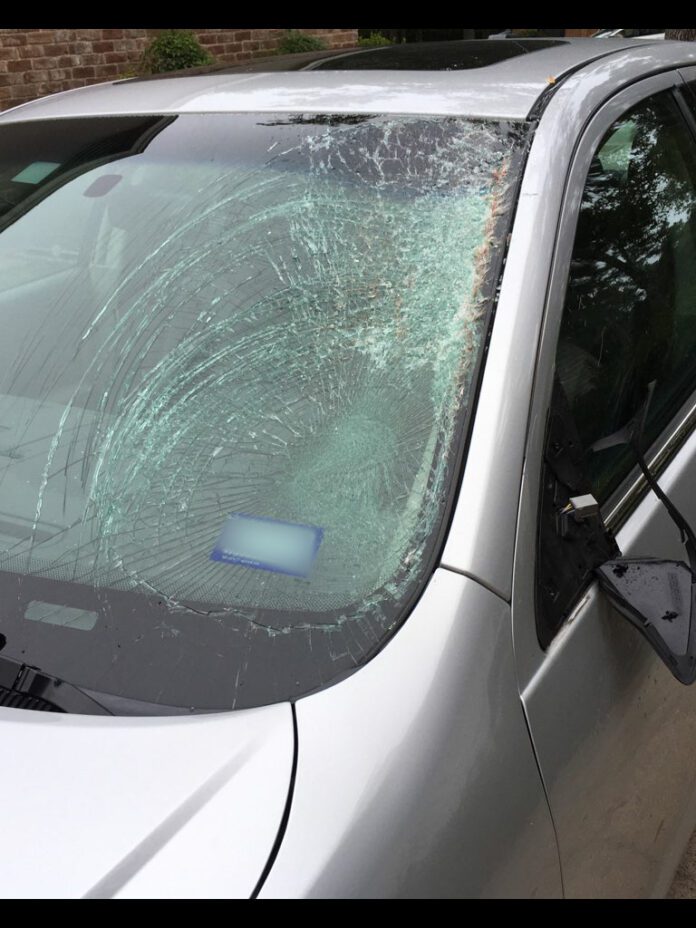“Drivers need to be aware their chances of being involved in a deer-related crash increase greatly this time of year,” said AAA Spokesperson Nick Chabarria. “While some deer collisions may be unavoidable, taking precautions like buckling up when in a vehicle and wearing a helmet while riding a motorcycle can save lives.”
Last year, there were 3,639 crashes involving deer on Missouri roadways that killed five people and injured 348 people, according to new data from the Missouri State Highway Patrol. Moreover, the Insurance Institute for Highway Safety reports more than 1.5 million deer-vehicle collisions occur each year across the U.S., resulting in 150 fatalities and tens of thousands of injuries.
AAA’s Recommendation: Check Your Coverage
AAA Insurance reports that it’s average deer-related claim in the region is more than $5,000, though costs can be much higher depending on the damage to a vehicle.
Collision coverage pays for damage to your car resulting from a collision with an object (e.g., a telephone pole, a guard rail, a mailbox), or as a result of flipping over. AAA recommends motorists opt-in for comprehensive coverage, which is for damage to your car covered by disasters “other than collisions” (in this case, contact with animals).
“While adding comprehensive coverage may add a small amount to your premium, it could save you money in the event of an animal-related crash,” continued Chabarria.
To Help Prevent A Crash Or To Reduce Damage From An Animal Collision, AAA Suggests
- Pay attention to road signs. Yellow, diamond-shaped signs with an image of a deer indicate areas with high levels of deer activity.
- Keep your eyes on the road. Ditching distractions is one of the easiest ways to make sure you’re ready for when a deer comes out of nowhere.
- Be especially attentive in early morning and evening hours. Many animals, especially deer, are most active from 5-8 a.m. and 5-8 p.m., prime commuting times for many.
- Use high beams when there’s no oncoming traffic. You can spot animals sooner. Sometimes the light reflecting off their eyes will reveal their location.
- Slow down, and watch for other deer to appear. Deer rarely travel alone, so if you see one, there are likely to be more nearby.
- Resist the urge to swerve. Instead, stay in your lane with both hands firmly on the wheel. Swerving away from animals can confuse them so they don’t know which way to run. It can also put you in the path of oncoming vehicles or cause you to crash into something.
- If the crash is imminent take your foot off the brake. During hard braking, the front end of your vehicle is pulled downward which can cause the animal to travel up over the hood towards your windshield. Letting off the brake can protect drivers from windshield strikes because the animal is more likely to be pushed to one side of the vehicle or over the top of the vehicle.
If You Hit A Deer, AAA Recommends
- Call the police.
- Avoid making contact with the animal. A frightened or wounded animal can hurt you or further injure itself.
- Put the vehicle’s hazard lights on, whether it’s light or dark outside.
- If possible, immediately move the vehicle to a safe location, out of the roadway, and wait for help to arrive.
- Contact your insurance agent or company representative as quickly as possible to report any damage to your car.















